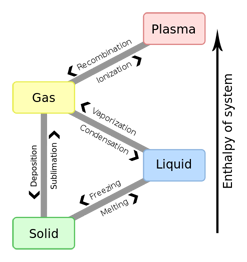

|
The International Workshop on
|
Abstract The origin of Ultraluminous X-ray sources (ULXs) in external galaxies whose X-ray luminosities exceed those of the brightest black holes in our Galaxy hundreds and thousands times is mysterious. The most popular models for the ULXs involve either intermediate mass black holes (IMBHs) or stellar-mass black holes accreting at super-Eddington rates. Here we review the ULX properties, their X-ray spectra indicate the presence of hot winds in their accretion disks supposing the supercritical accretion. However, the strongest evidences come from optical spectroscopy. The spectra of the ULX counterparts are very similar to that of SS433, the only known supercritical accretor in our Galaxy. The spectra are apparently of WNL type (late nitrogen Wolf-Rayet stars) or LBV (luminous blue variables) in their hot state, which are very scarce stellar objects. We find that the spectra do not originate from WNL/LBV type donors but from very hot winds from the accretion disks, whose physical conditions are similar to those in stellar winds from these stars. The results suggest that bona-fide ULXs must constitute a homogeneous class of objects, which most likely have supercritical accretion disks.
Reference:
|